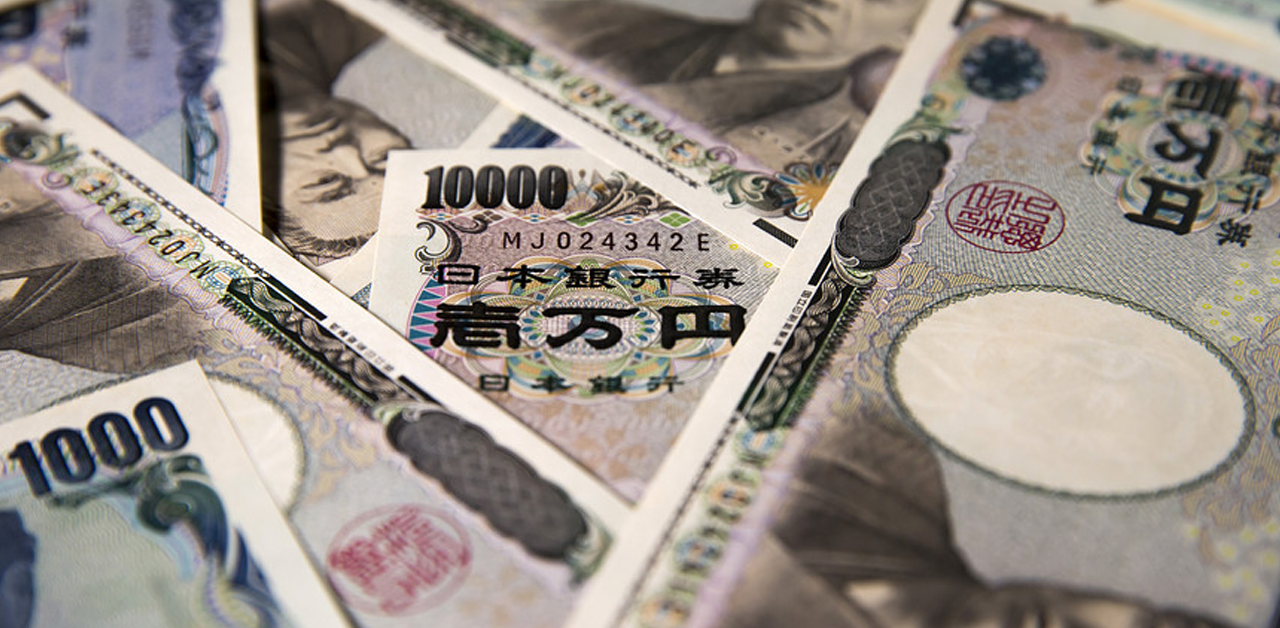Japanese Yen Weakens Despite Unusual FX Warning from Ueda
The Japanese yen’s decline persists following the Bank of Japan’s (BOJ) unexpected adjustment to its yield curve control program. This shift has drawn the attention of central bank officials, especially since Governor Kazuo Ueda broke tradition by acknowledging that currency considerations influenced policy decisions.
Ueda’s disclosure occurred during a post-policy meeting press conference, where he revealed that foreign exchange volatility factored into the BOJ’s decision to allow 10-year bond yields to exceed 0.5%. This statement deviated from past communications that emphasized the finance ministry’s sole jurisdiction over currency policy. The central bank typically focused on the yen’s impact on the economy and inflation.
Hiroshi Miyazaki, Senior Economist at Mizuho Research & Technologies, remarked, “Ueda seemed to be trying to communicate more clearly in order to send a warning to market players. He took a step further in indicating the BOJ’s concern over currency moves.”
The key question is whether currency fluctuations will wield more influence over BOJ policy. Despite Ueda’s explicit caution, the Japanese yen weakened to as low as 143.89 per dollar last week due to rising US treasury yields after Fitch Ratings downgraded US credit.
Daisuke Karakama, Chief Market Economist at Mizuho Bank in Tokyo, commented, “By citing the currency as a factor, Ueda may be increasing the probability that the market will go on an offensive toward a weaker yen. The market may test how much weakness in the yen the BOJ will tolerate.”
The BOJ’s announcement of “greater flexibility” in controlling 10-year yields, allowing fluctuations from 0.5%, and initiating daily purchases of government bonds at 1%, has set a higher ceiling.
Ueda’s press conference emphasized the relationship between Yield Curve Control (YCC) side effects, currency volatility, and policy revisions. Despite stating that the BOJ doesn’t target exchange rates, Ueda acknowledged currency volatility’s consideration due to YCC’s side effects and the need to control financial market volatility.
Ueda and Shinichi Uchida, an associate, raise implications for market participants. While these insights serve as warnings, they could also trigger speculation about further policy shifts if yen depreciation continues.
Ueda’s policy approach aligns with other central banks’ risk-management strategies. His explicit reference to foreign exchange volatility as a factor for YCC adjustments, however, is unique.
Amid this evolving landscape, the yen’s course depends on BOJ bond market operations and yield stabilization. Atsushi Takeuchi, former head of the BOJ’s foreign exchange division, now Chief Research Fellow at Ricoh Institute of Sustainability and Business, stated, “The BOJ has always paid close attention to the currency market.” He added that the BOJ’s stance rejects abrupt currency fluctuations that could harm businesses, households, and cause political concerns.
With the BOJ intervening twice recently to curb yield increases, the yen’s trajectory remains intricate. Miyazaki proposes allowing 10-year yields to rise to around 0.7%, mindful of political constraints on fiscal spending.
In Japan, currency interventions fall under the finance ministry’s jurisdiction, executed by the BOJ. With significant yen depreciation potentially inciting more speculation about further interventions, this ongoing narrative warrants careful observation.
Miyazaki concludes that if yen weakness persists even with 0.7% yields, the finance ministry might intervene—an improbable yet revealing scenario, underscoring the complexities of currency dynamics amid evolving monetary policies.











